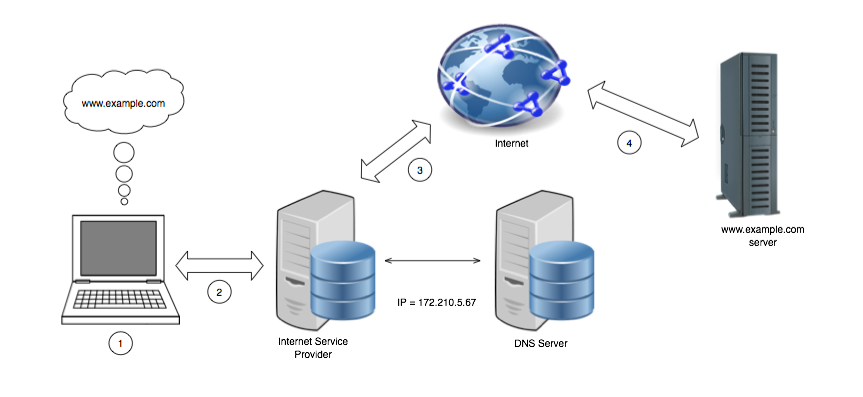THE INTERNET

Image is from here; the internet is just the earth’s wig.
As promised to myself by myself, I’ve begun reading about and taking notes on HTTP and its request-response protocol, with IP addresses as analogues to phone numbers, and port numbers as analogues to company phone extensions. Many thanks to Launch School né Tea Leaf) for making Introduction to HTTP available via their Open Book Shelf. My notes are directly attributable to the content from their book.
To liven things up a bit, here’s a gratuitous image of a bright red telephone:

Image is from here.
DNS databases, which are distributed across DNS servers, translate URLs to IP addresses and map browser requests to remote servers. If a particular DNS server doesn’t contain a requested domain name, that server routes the request to another DNS server up the hierarchy and the address is eventually located in the DNS database on a particular DNS server.
When a client (web browser) makes a request, it’s simply sending some text to an IP address. Because the client and the receiving server have a protocol in the form of HTTP, the server can deconstruct the request, understand its components, and return a response to the client. The client will then process the response strings into content that can be understood by the end user.
 Image is from here.
Image is from here.
HTTP is stateless - it’s designed in such a way that each request-response pair is completely independent of the previous one. In the context of HTTP, statelessness refers to the fact the server doesn’t need to hang on to information, or state, between requests. Web applications may simulate a stateful experience, but in the end, the web is still entirely built on HTTP, a stateless protocol. This is apparently what makes the web so resilient, distributed, and hard to control, as well as what makes it so difficult to secure and build on.
State, statelessness, and statefulness - so existentialist!